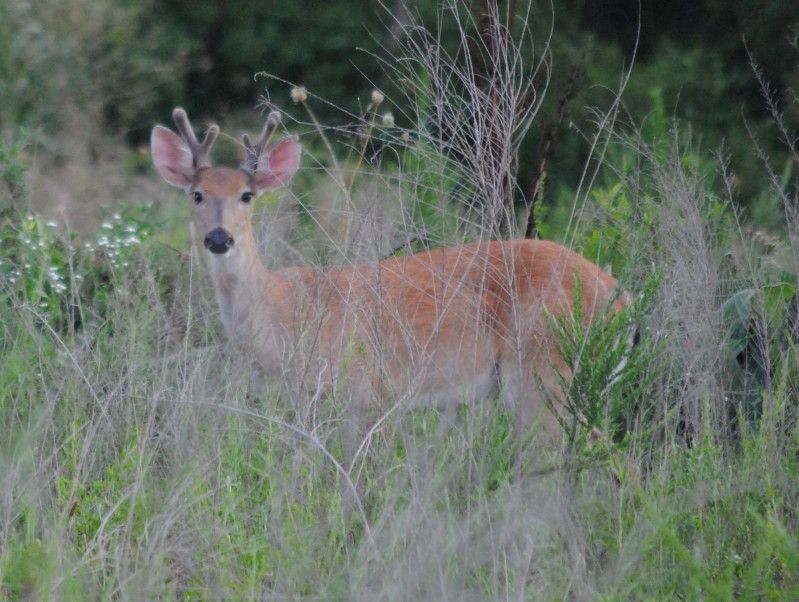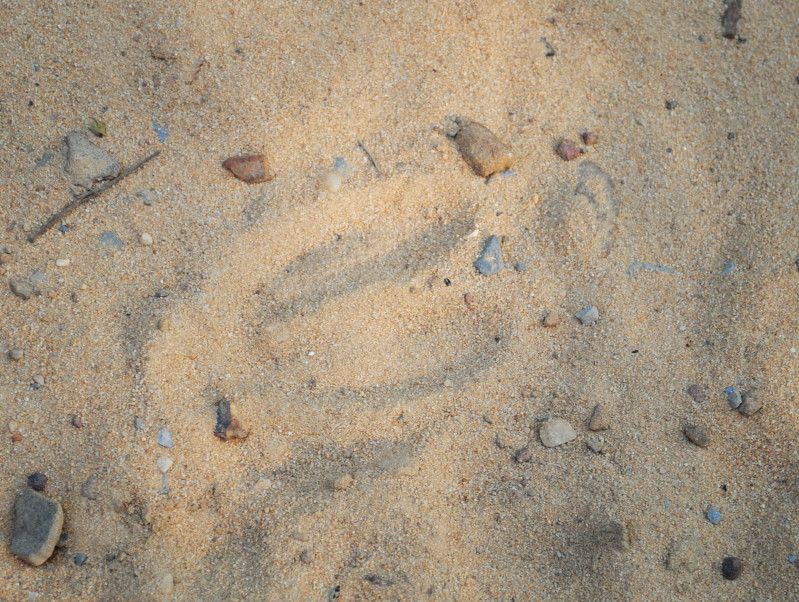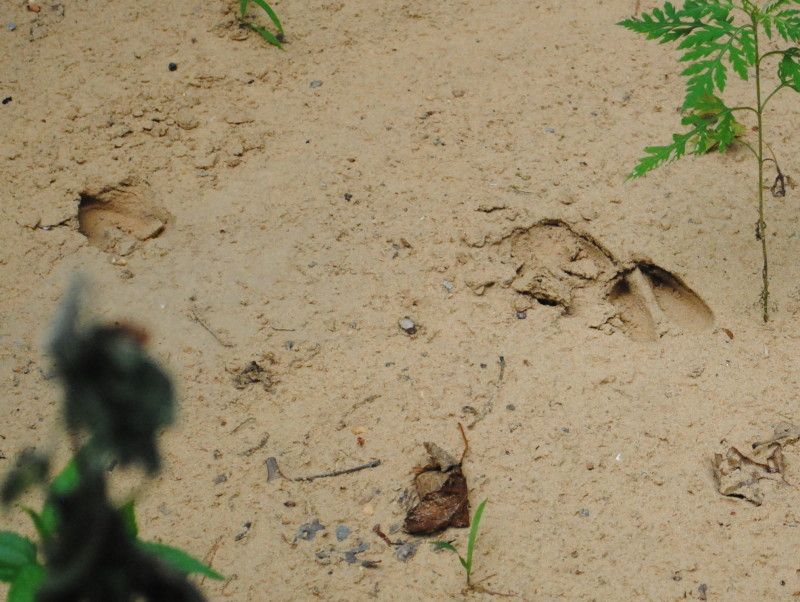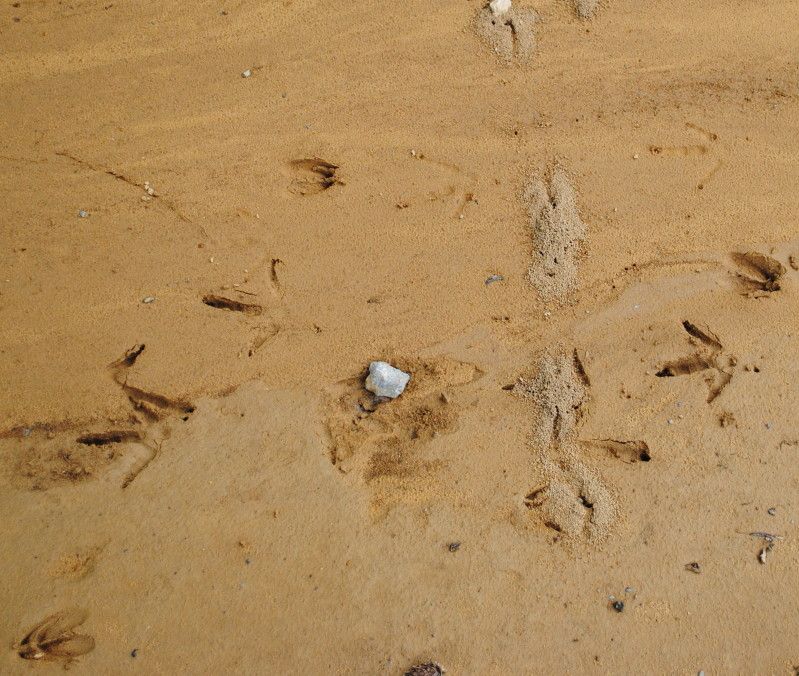I often go for a three hour hike at the weekends across open countryside and land that I have walked for many years. Last weekend I got huge shock. As I was walking along the side of a small copse I felt something move to my right and as I turned to see what it was I found myself staring directly at a beautiful Roe deer with a lovely rusty coloured coat. It could not have been more than fifteen feet from me.
Now I have walked this land for the last 40 years and have never seen any deer on it and so I am now keen to identify their tracks and evidence that they are around and where they have been. So, what sort of things do I look for that confirm the presence of Roe deer please? Is there a good time of the day to see them perhaps and in certain habitats?
It was a female by the way; at least I assume it was as it had no horns!
Now I have walked this land for the last 40 years and have never seen any deer on it and so I am now keen to identify their tracks and evidence that they are around and where they have been. So, what sort of things do I look for that confirm the presence of Roe deer please? Is there a good time of the day to see them perhaps and in certain habitats?
It was a female by the way; at least I assume it was as it had no horns!






